An expedition in Nepal is an experience that captivates the hearts of adventurers worldwide. Nestled amidst the towering peaks of the Himalayas, Nepal offers a kaleidoscope of landscapes, cultures, and trekking trails that beckon explorers to its rugged beauty. Understanding the best season to venture into this majestic land is crucial for an enriching and safe journey. The optimal timing for such expeditions hinges on several factors, including weather conditions, visibility, and the trekker's personal preferences. Generally, the pre-monsoon spring months of March to May and the post-monsoon autumn period from September to November are considered ideal for exploring the high altitudes. These seasons boast stable weather, clear skies, and moderate temperatures, providing the perfect backdrop for both novice and seasoned trekkers aiming to conquer the Himalayan giants or traverse their scenic paths. Whether you're planning to stand in the shadow of Everest, explore the Annapurna circuit, or immerse yourself in the rich cultural tapestry of Nepal, choosing the right season is your first step towards a memorable adventure. Join us as we delve into the nuances of each trekking season in Nepal, offering insights and tips to help you plan your expedition with precision and care.
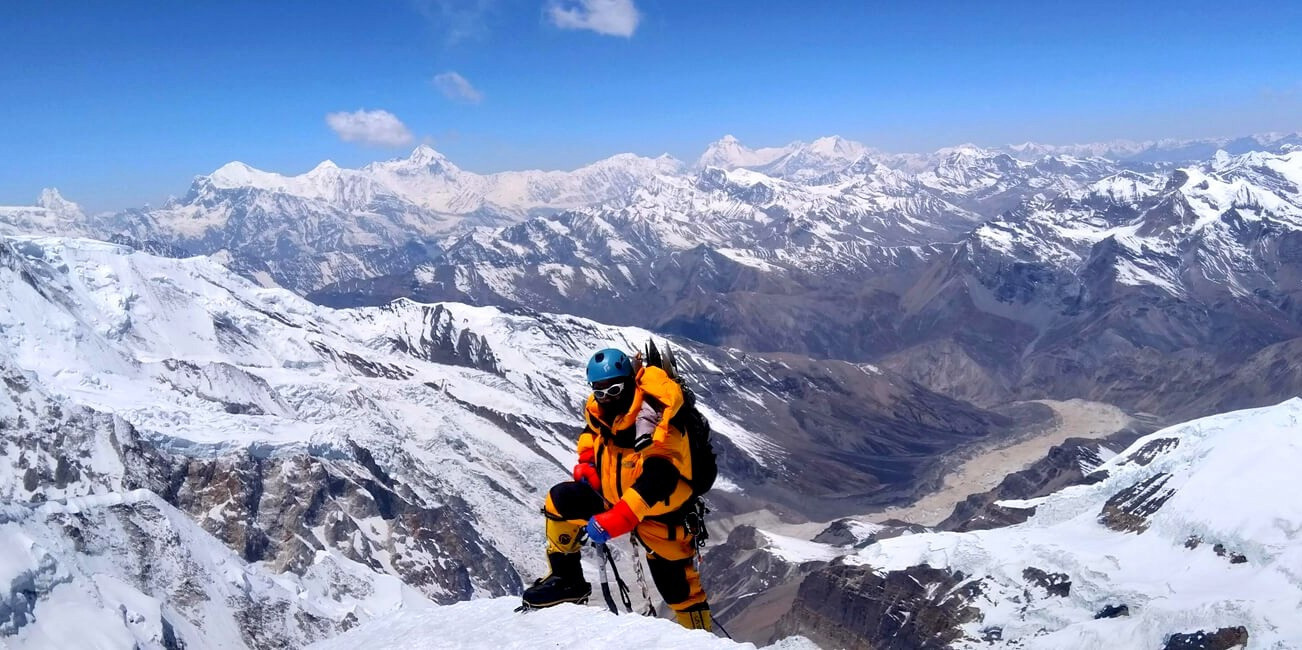
At Relax Getaways, we pride ourselves on being the premier choice for adventurers seeking to explore Nepal during the best seasons for expeditions. Our deep understanding of the Himalayas, combined with years of experience in crafting personalised journeys, ensures that every expedition we organise is perfectly aligned with the optimal trekking and climbing conditions. We recognise that venturing into the majestic landscapes of Nepal is a dream for many, and our commitment to excellence makes us the best company for planning your expedition. From the lush, vibrant trails of spring to the clear, crisp vistas of autumn, Relax Getaways is dedicated to providing you with an unparalleled experience. Our expert guides, comprehensive itineraries, and commitment to safety are tailored to make the most of the best time for Nepal trekking and mountaineering. Whether you aim to reach the summit of Everest, traverse the Annapurna Circuit, or explore hidden cultural gems, our team ensures your adventure is memorable, safe, and aligned with the best weather conditions the Himalayas have to offer. Choose Relax Getaways for your next expedition to experience the pinnacle of adventure travel in Nepal.
Spring (March to May)
Spring in Nepal, spanning from March to May, is a season of renewal and vibrant beauty, making it one of the most favourable times for expeditions and trekking. This period marks the transition from the cold winter months to a warmer climate, offering trekkers and mountaineers an opportunity to explore the Himalayas under some of the most ideal conditions. Here's why spring stands out as a premier season for adventures in the mountains:
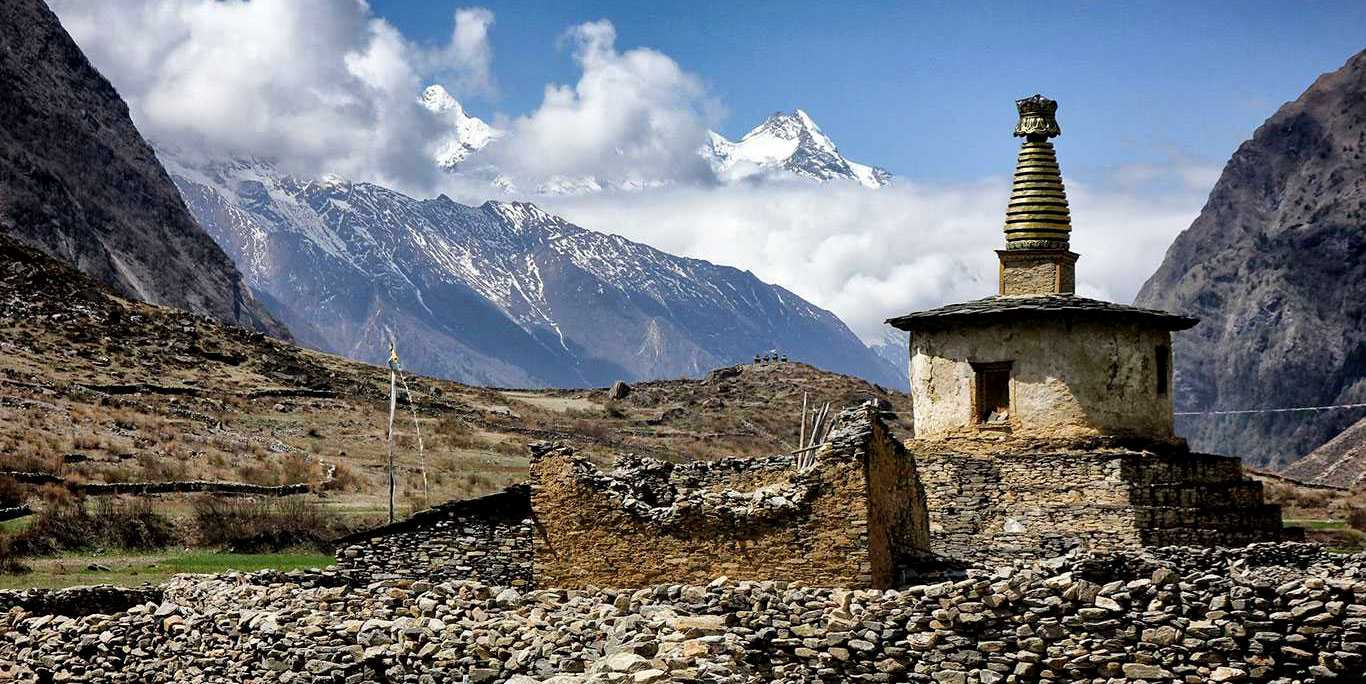
-
Ideal Weather Conditions: Spring weather is characterised by gradually increasing temperatures and relatively stable weather patterns. The days are warm, providing comfortable trekking conditions, while the nights are cool, offering a refreshing counterbalance. This balance of temperatures makes high-altitude treks and climbs more manageable and enjoyable.
-
Spectacular Vistas: The visibility during the spring is exceptional. The skies are generally clear, offering unobstructed views of the towering peaks, including Mount Everest, Lhotse, Annapurna, and others. The crisp mountain air and the bright, sunny days enhance the panoramic views, making every turn on the trail a photogenic moment.
-
Rhododendron Blooms: One of the highlights of a spring expedition in Nepal is the blooming of rhododendrons, the national flower of Nepal. The hills and lower mountain slopes become a riot of colour, with red, pink, white, and purple flowers creating a stunning natural spectacle. Trekking through forests adorned with these blooms adds a magical element to the journey.
-
Climbing Season: Spring is also the main season for mountaineering expeditions, particularly for those aiming to summit Everest and other high peaks. The optimal months for Everest Base Camp and other base camps are in the spring, thanks to the stable weather, which is crucial for the safety and success of high-altitude climbs. Climbers find this season ideal for acclimatisation and summit attempts before the monsoon season begins in June.
-
Wildlife and Cultural Experiences: As the snow melts and the landscape transforms, spring invites a resurgence of wildlife activity, making it a fantastic season for nature enthusiasts. Additionally, the Nepalese New Year and other festivals occur in the spring, offering trekkers a chance to experience Nepal's rich cultural heritage and traditions alongside their outdoor adventures.
-
Considerations: While spring is a popular time for trekking and climbing in Nepal, it's also a peak season, meaning trails can be busier and teahouses more crowded. Early booking and planning with a reputable company like Relax Getaways can ensure a smooth and memorable experience, allowing adventurers to fully immerse themselves in the beauty and challenge of the Himalayas during this vibrant season.
Embarking on a spring expedition in Nepal with Relax Getaways means you'll have expert guidance, tailored itineraries, and the support needed to explore the majestic Himalayas safely and enjoyably, making the most of everything this season has to offer.
Autumn (September to November)
Autumn in Nepal, spanning from September to November, is another peak season for expeditions, treks, and cultural tours, offering an excellent balance of clear weather, scenic beauty, and cultural richness. This season follows the monsoon rains, leaving the air clean, the skies clear, and the landscape freshly washed. Here’s why autumn is highly recommended for those looking to explore the Himalayas:
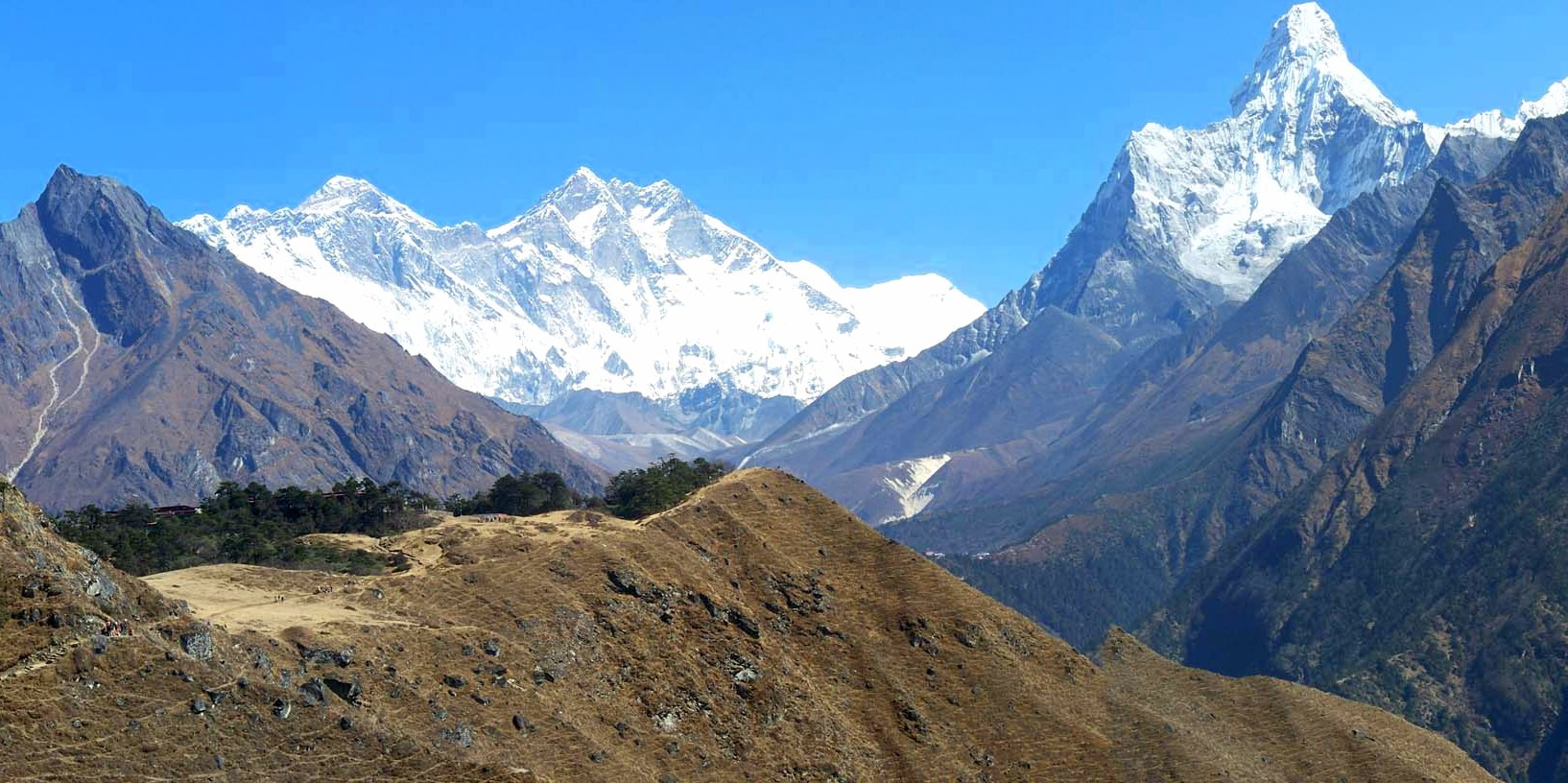
-
Perfect Weather Conditions: Autumn boasts stable weather with minimal rainfall, making it an ideal time for high-altitude treks and mountain expeditions. The temperatures are moderate—not too cold at high altitudes and comfortably cool at lower elevations—providing pleasant trekking conditions throughout the country.
-
Clear Mountain Views: After the monsoon season clears the dust and pollution, the autumn skies offer spectacular visibility. Trekkers and climbers are rewarded with uninterrupted views of the majestic Himalayan peaks. The clarity of the atmosphere during this season is unmatched, making it a photographer's paradise.
-
Cultural Festivals: Autumn is a significant time for cultural festivities in Nepal, including some of the country’s most important festivals like Dashain and Tihar. These festivals offer trekkers a wonderful opportunity to experience the vibrant cultural heritage of Nepal, as communities come alive with rituals, celebrations, and a spirit of renewal.
-
High Season for Trekking and Climbing: Similar to spring, autumn is a peak season for both trekking and climbing due to the favorable weather conditions. It is considered one of the best times for Nepal trekking, with popular routes such as the Everest Base Camp, Annapurna Circuit, and Langtang Valley being highly sought after. Mountaineers also find this season optimal for summit attempts, thanks to the stable weather window it provides.
-
Diverse Trekking Options: Autumn offers a wide range of trekking options, from short hikes to long-duration expeditions. Whether it’s exploring the remote landscapes of Mustang and Dolpo, which are less crowded and just as accessible in autumn, or venturing into the more popular regions, trekkers of all levels can find a route that matches their skills and interests.
-
Wildlife Spotting: The post-monsoon season is a great time for wildlife enthusiasts. The national parks and conservation areas, including Chitwan and Bardia, offer excellent wildlife viewing opportunities, as animals are more active and vegetation is less dense, improving visibility.
-
Considerations: Given its popularity, autumn also sees a high influx of trekkers and climbers, so it's wise to book your trip well in advance. Teahouses and trails can be crowded, but with careful planning and the guidance of an experienced tour operator like Relax Getaways, you can enjoy a more exclusive and personal experience even during peak times.
Choosing Relax Getaways for your autumn expedition in Nepal ensures that you have a dedicated team to navigate the logistical aspects of your trip, from securing permits to arranging accommodations, allowing you to fully immerse yourself in the natural beauty and cultural richness of Nepal during this auspicious season.
Off-season Expedition
Embarking on an off-season expedition in Nepal offers a unique set of advantages and challenges, diverging from the experiences of the peak trekking seasons. The monsoon period (June to August) and the winter months (December to February) present distinct opportunities for trekkers and climbers looking for solitude, adventure, and a different perspective on the Himalayas and Nepalese culture. Here's what to consider when planning an off-season expedition:
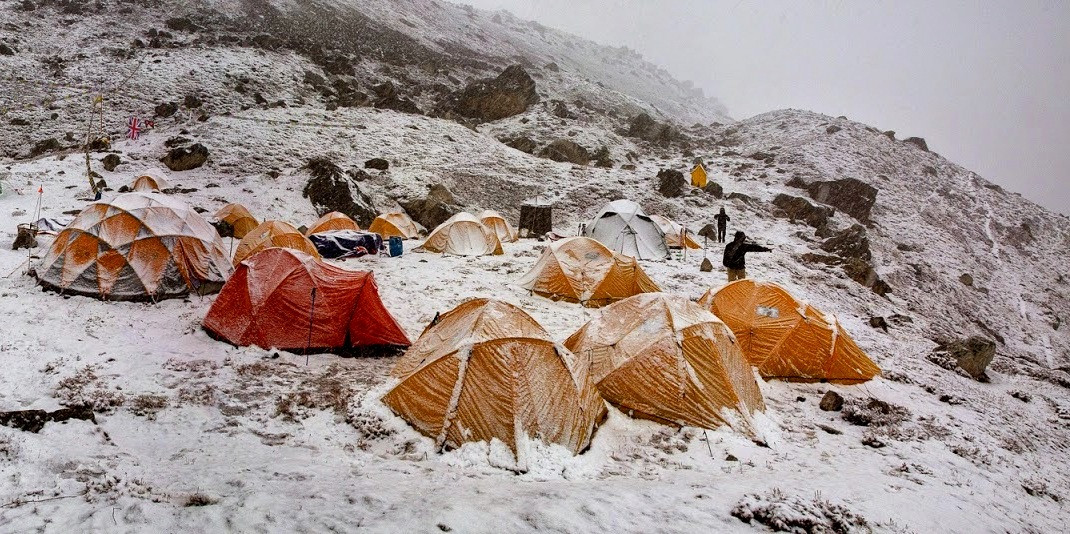
Monsoon Season (June to August)
Advantages
-
Lush Landscapes: The monsoon brings life to the forests and valleys, covering them in a vibrant green. This is the time when Nepal's flora is at its most vibrant, with wildflowers blooming and rice terraces at their greenest.
-
Fewer Crowds: Trails are less crowded, offering a more solitary trekking experience. This can lead to more meaningful interactions with locals and a deeper immersion in the natural environment.
-
Rain Shadow Regions: Areas like Mustang and Dolpo lie in the rain shadow of the Himalayas and receive significantly less rainfall, making them ideal destinations for monsoon trekking.
Challenges
-
Rain and Visibility: Frequent rains can make trails slippery and muddy, and leeches become more common in lower altitudes. Heavy cloud cover may also reduce visibility, obscuring mountain views.
-
Travel Disruptions: The monsoon can cause landslides and flooding, potentially disrupting travel plans and itineraries.
Winter Season (December to February)
Advantages
-
Serene Trails: Winter offers the tranquilly of snow-covered landscapes and fewer trekkers on the trails. It's a time for quiet reflection and enjoying the crisp mountain air.
-
Clear Skies: The skies are often clear, providing excellent visibility, especially in the lower altitudes. The mountain views can be spectacular, with the peaks draped in snow.
-
Cultural Insight: Winter is a great time to explore Nepalese culture and participate in local festivals, offering a glimpse into the traditions and lifestyles of the Himalayan people during the colder months.
Challenges
-
Cold Temperatures: Especially at higher altitudes, temperatures can drop significantly, making proper gear and preparation essential for a comfortable experience.
-
Limited Accessibility: Some high-altitude passes and trails may be closed or difficult to navigate due to snow and ice, limiting trekking options.
Planning for an Off-Season Expedition
-
Proper Gear: Waterproof and warm clothing, along with sturdy trekking boots, are essential to handle the rain and cold. Additional gear like gaiters for the monsoon and insulated layers for winter can make your trek more comfortable.
-
Flexible Itinerary: Being prepared to adjust your plans due to weather or trail conditions is crucial. Having a flexible itinerary can greatly enhance your experience.
-
Experienced Guide: An experienced guide can navigate the challenges of off-season trekking, from finding the best trails to ensuring your safety in unpredictable weather.
Choosing Relax Getaways for your off-season expedition in Nepal means you'll have a partner well-versed in the unique conditions and opportunities these seasons offer. We provide tailored advice, plan flexible itineraries that accommodate the season's unpredictability, and ensure you have the right gear and support to make your adventure both safe and rewarding. Whether you're trekking through the lush landscapes of the monsoon or enjoying the serene beauty of the winter, Relax Getaways is dedicated to delivering an unforgettable experience that showcases the best of Nepal, regardless of the season.
Weather Conditions
Understanding the weather conditions is essential for planning a successful expedition in Nepal. The country's diverse topography, ranging from the lowland Terai regions to the high peaks of the Himalayas, results in a wide range of climate zones and weather patterns. Here's an overview of what trekkers and climbers can expect in terms of weather during the different seasons in Nepal:
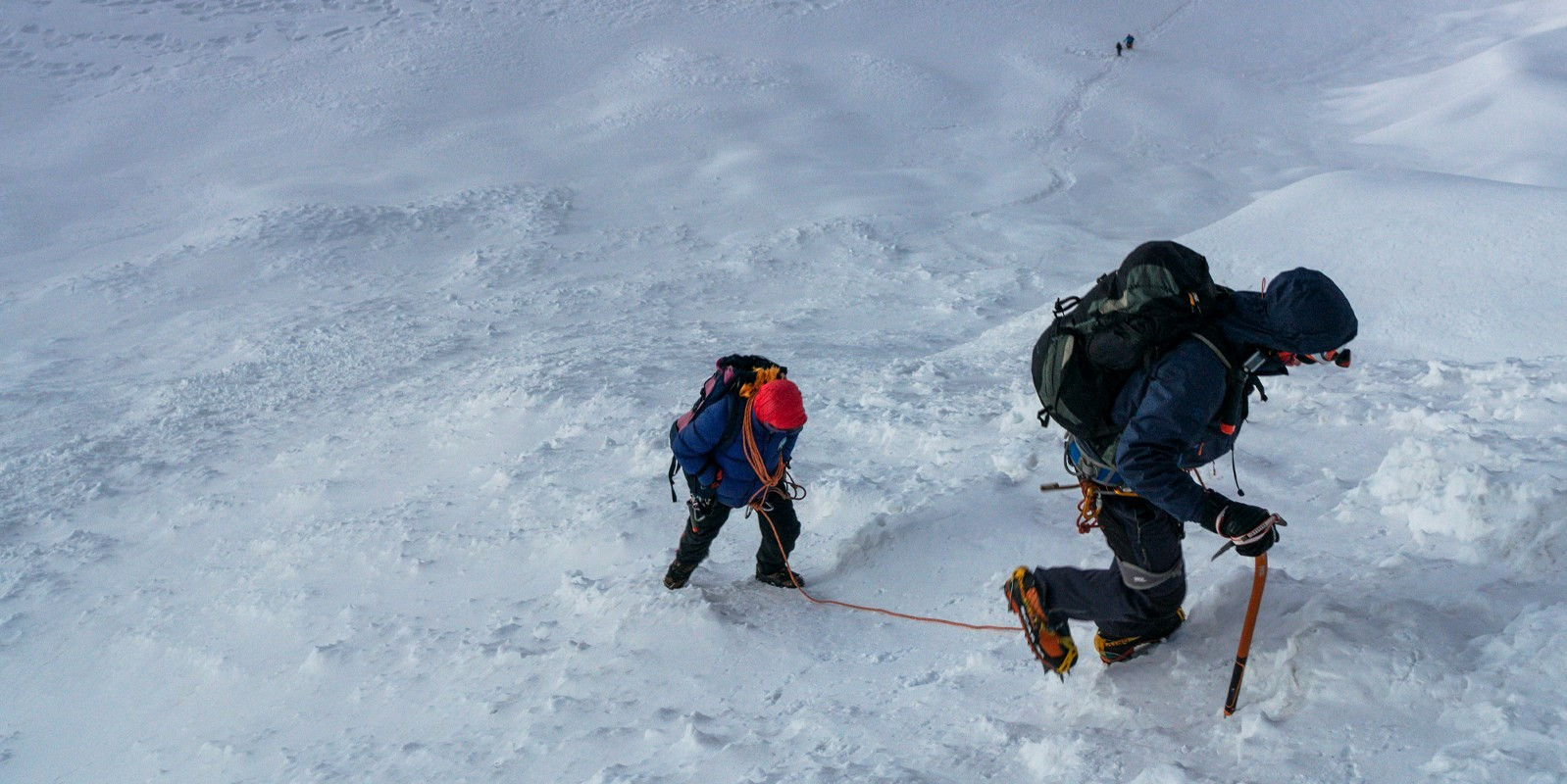
-
Spring (March to May): Spring weather in Nepal is characterised by gradually warming temperatures and relatively stable conditions. This season marks the end of the cold winter months, bringing with it warmer days that are ideal for trekking and climbing. The average daytime temperature in the mountain regions can vary from 10°C to 20°C (50°F to 68°F), but nights can still be chilly, dropping below freezing at higher altitudes. The skies are generally clear, providing excellent visibility and opportunities to enjoy the mountain panoramas. Late spring may see the beginning of the pre-monsoon showers, especially in May, which can bring occasional rain and cloud cover.
-
Monsoon (June to August): The monsoon season brings heavy rainfall, particularly in the lower regions and the southern side of the Himalayas. This is due to the moist air from the Bay of Bengal and the Indian Ocean, leading to daily rain showers, high humidity, and warmer temperatures. The rain can cause landslides and make trekking trails slippery and challenging. However, the northern regions, such as Mustang and Dolpo, lie in the rain shadow area and receive significantly less rainfall, making them suitable for trekking even during the monsoon. Visibility is generally lower due to cloud cover, but the landscape is lush and vibrant.
-
Autumn (September to November): Autumn is marked by the end of the monsoon and the beginning of dry, stable weather. This season offers clear skies, moderate temperatures, and the best visibility of the year. Daytime temperatures in the mountains during autumn are similar to those in spring, making for comfortable trekking conditions. Nights can be cold, especially as the season progresses towards winter, with temperatures dipping below freezing at higher elevations. Autumn weather is predictable, with minimal rain, providing optimal conditions for high-altitude trekking and climbing.
-
Winter (December to February): Winter in Nepal brings colder temperatures, especially in the mountains, where conditions can be harsh with snow and ice. Daytime temperatures in the Himalayas can be pleasant when sunny, ranging from 5°C to 10°C (41°F to 50°F), but nights are significantly colder, with temperatures dropping well below freezing. Snowfall at higher altitudes can make some passes and trekking routes impassable. However, the lower regions and some protected valleys experience milder weather and can be ideal for trekking, with fewer tourists and clear skies.
Key Considerations
-
Altitude: Weather conditions can change rapidly in the mountains, and temperatures drop approximately 6°C for every 1,000 metres you ascend.
-
Microclimates: Nepal's complex topography creates numerous microclimates, meaning weather can vary significantly over short distances.
-
Preparation: Regardless of the season, it's crucial to be prepared for a wide range of weather conditions. Layering clothing, bringing waterproof gear for the monsoon, and having sufficient warmth for cold nights are all important.
Planning your expedition with an experienced operator like Relax Getaways ensures that you have the most current and detailed information on weather conditions for your chosen destination and season, helping you make the most of your adventure in Nepal's diverse and stunning landscapes.
Crowds
Crowds on the trails and at key tourist attractions in Nepal can significantly impact your trekking and expedition experience, varying widely by season and specific destinations within the country. Understanding these patterns can help you plan your trip to either embrace the social aspects of peak seasons or seek the solitude of less crowded times.
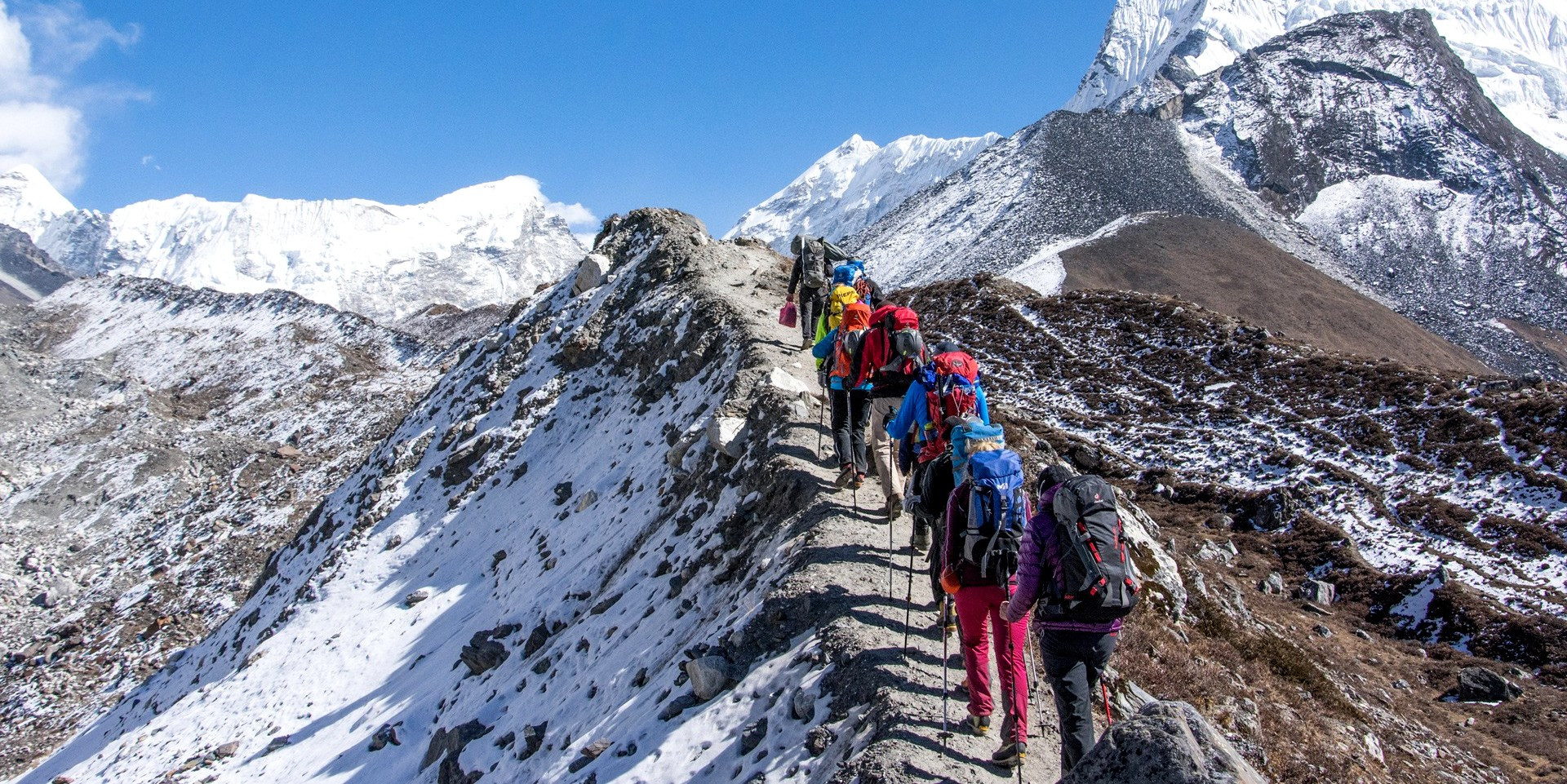
Peak Seasons
-
Spring (March to May) and autumn (September to November) are the peak trekking seasons in Nepal due to the favorable weather conditions, offering clear skies and moderate temperatures. These seasons attract the highest number of trekkers and climbers, especially on popular routes such as the Everest Base Camp, Annapurna Circuit, and Langtang Valley treks. During these times, trails can be quite busy, and teahouses (lodges) along the routes often fill up quickly, necessitating early booking and planning.
-
Festivals and Holidays: Additionally, Nepali festivals, such as Dashain and Tihar in autumn, can also attract more visitors, including domestic tourists, adding to the crowd levels in certain areas.
Off-Peak Seasons
-
The monsoon (June to August) sees fewer trekkers due to the rain and potential for landslides, making the trails less crowded. However, regions like Mustang and Dolpo, which lie in the rain shadow, remain viable for trekking and are less crowded options for those looking to avoid the peak season rush.
-
Winter (December to February) also sees fewer visitors, especially at higher altitudes where the cold weather and snow can make trekking more challenging. Lower-altitude treks and cultural tours, however, remain accessible and offer a quieter experience.
Managing Crowds
-
Early Planning: For those trekking during peak seasons, early planning and booking can help secure accommodations and ensure a smoother experience. Relax Getaways, for example, can assist with arranging permits, guides, and lodgings in advance.
-
Seeking Alternative Routes: Exploring less popular trails can provide a more solitary experience even during the busy seasons. Nepal boasts numerous trekking routes beyond the well-trodden paths, offering peace, solitude, and unspoiled landscapes.
-
Timing Your Trek: Starting your trek early in the morning can help you stay ahead of the main crowds on the trail and at attractions, allowing for a more enjoyable and personal connection with the natural beauty of Nepal.
-
Cultural Immersion: Visiting during peak festival times, despite the potential for larger crowds, can offer a richer cultural experience, allowing trekkers to witness and participate in local traditions and celebrations.
Choosing the right season and approach to your trek or expedition in Nepal can significantly enhance your experience, whether you're looking for the camaraderie of fellow adventurers in peak season or the tranquilly of the trails in the quieter months. With careful planning and the support of an experienced tour operator like Relax Getaways, you can find the perfect balance for your adventure in the Himalayas.
Choosing the best season for an expedition in Nepal hinges on personal preferences, desired experiences, and readiness for varying weather conditions. The Spring (March to May) and autumn (September to November) seasons are ideal for those seeking stable weather, clear skies, and the full splendor of Nepal's mountains and cultural festivals. These peak seasons offer the best conditions for high-altitude treks and climbing expeditions.For adventurers open to the challenges and unique experiences of off-peak seasons, the monsoon (June to August) and winter (December to February) provide quieter trails, distinctive landscapes, and closer cultural interactions, despite the potential for rain, snow, and colder temperatures.No matter the season, partnering with Relax Getaways ensures a tailored, memorable expedition in Nepal. Our expertise and support help navigate the specifics of each season, guaranteeing safety, enjoyment, and an unparalleled adventure in one of the world's most stunning trekking destinations.
FAQs for Best Season to Do Expedition in Nepal
Q: What is the best season for trekking in Nepal?
A: The best seasons for trekking in Nepal are Spring (March to May) and Autumn (September to November), offering stable weather, clear skies, and moderate temperatures, ideal for high-altitude treks and climbing.
Q: Can I trek in Nepal during the monsoon season?
A: Yes, trekking during the monsoon season (June to August) is possible, especially in rain-shadow areas like Mustang and Dolpo. Expect wet conditions and reduced visibility.
Q: Is it possible to do high-altitude expeditions in winter?
A: Winter (December to February) poses challenges for high-altitude expeditions due to cold and snow. However, lower altitude treks and protected valleys can provide good trekking conditions.
Q: Are the trails crowded during the peak trekking seasons?
A: Trails can be crowded during the peak seasons of spring and autumn, particularly on popular routes. Early booking and planning are recommended to manage this.
Q: What are the advantages of trekking in the off-season?
A: Off-season trekking (monsoon and winter) offers fewer crowds, unique landscapes, and a chance for deeper cultural immersion, appealing to those seeking a different experience.
Q: How do I prepare for weather changes during my trek?
A: Preparation should include layered clothing, waterproof gear for the monsoon, and warm clothing for winter. A flexible itinerary is important to accommodate weather changes.
Q: Can I participate in cultural tours in Nepal all year round?
A: Yes, Nepal's cultural heritage can be experienced throughout the year, with each season offering unique festivals and events. Autumn is particularly vibrant with festivals like Dashain and Tihar.
Q: How can Relax Getaways help with my expedition during any season?
A: Relax Getaways offers tailored expeditions with expert guidance, logistical support, and detailed planning, ensuring a safe, enjoyable, and immersive experience in Nepal, regardless of the season.
For the Nepal tour, please click here.
If you are looking for different kinds of Nepal Tours or Trekking Packages, feel free to contact us.






